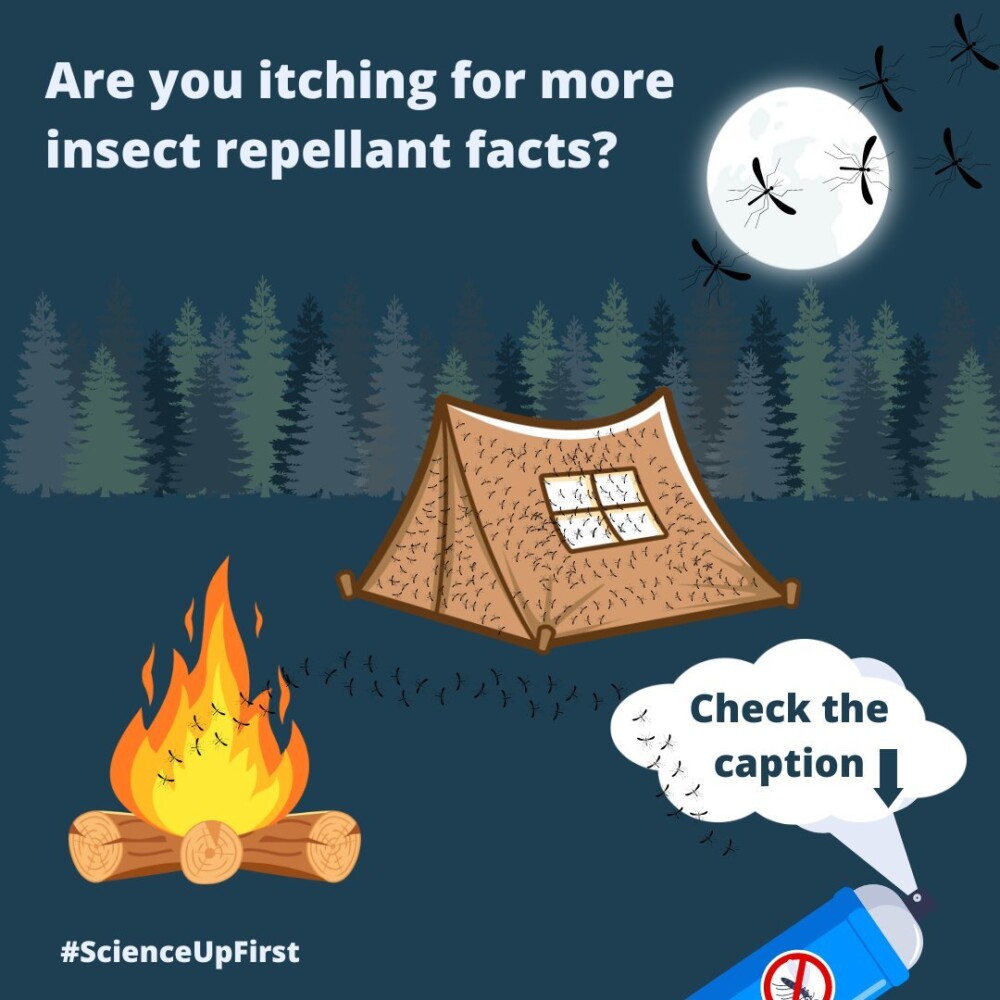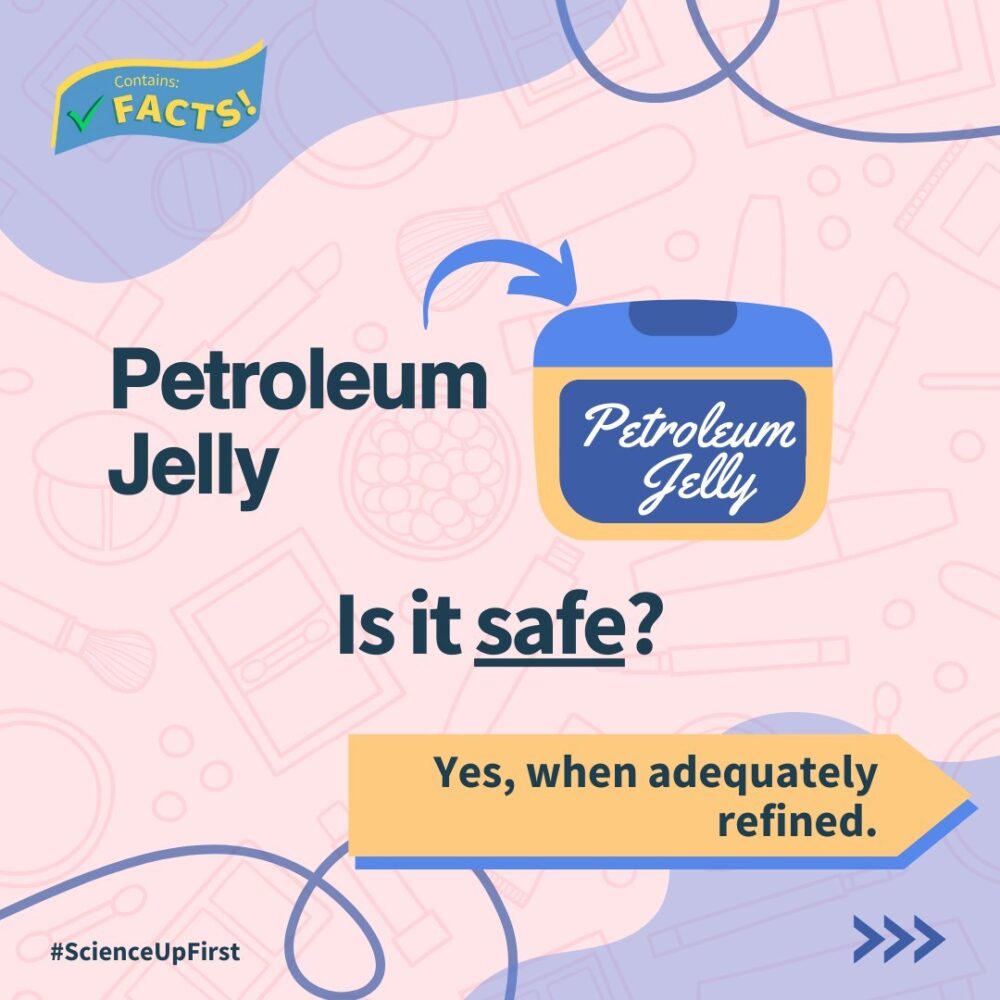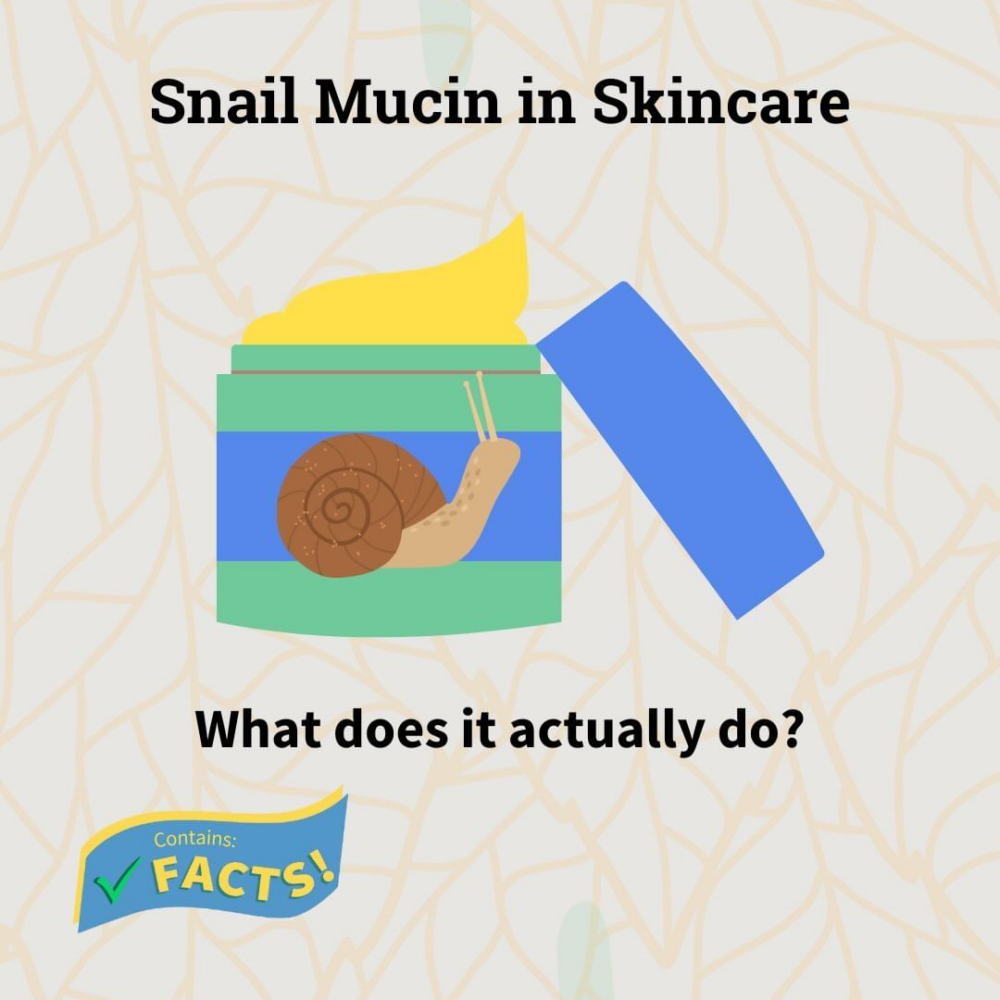

Sunscreen should not be your next DIY project. Here’s why:
Unlike commercial sunscreens, homemade sunscreens do not undergo rigorous testing to ensure they meet specific Sun Protection Factor (SPF) ratings and provide broad-spectrum protection (1,2,3). With homemade sunscreens, you simply can’t be sure what protection level, if any, you will get – many homemade sunscreen recipes have been found to offer minimal to no protection (1,3,4,5). Zinc oxide, which is often included in homemade sunscreen recipes, does provide sun protection (2,6,7). However, it requires specific formulation and preparation to provide sufficient SPF that can not be achieved at home. Even at higher concentrations permitted of 25%, zinc oxide provides a lower SPF than needed if not formulated or mixed properly (3,5,7). Natural oils, also commonly used in DIY recipes, may offer minimal sun protection at best – sometimes as low as SPF 1 (1,2,3,8). Some ingredients, found in these recipes, may even enhance sunlight penetration into the skin (6). Moreover, commercial sunscreens are formulated to be photostable and sometimes water-resistant, meaning they stay effective even when wet or exposed to sunlight. DIY versions often lack these features, washing off easily and breaking down in the sun (1,3,9). All in all, despite the claims and popularity of these DIY mixtures online, homemade sunscreens do not provide sufficient protection against harmful UV rays, and will leave you vulnerable to sunburn, skin damage, and cancer (3,4). Play it safe! Look for a broad-spectrum sunscreen with SPF 30 or higher. Remember, safe sun exposure is key – seek shade, wear protective clothing, and reapply sunscreen regularly (10,11,12,13). Sources: https://tinyurl.com/SUFHomemadeSunscreen Share our original Tweet!View our original Instagram Post!No, making your own sunscreen at home should not be a DIY project.
Homemade sunscreens do not offer sufficient protection against UV rays and can increase your risk of sunburn, skin damage, and of developing cancer. https://t.co/0EFPBXQUpR#ScienceUpFirst pic.twitter.com/moKmmdjegh — ScienceUpFirst | LaScienced’Abord (@ScienceUpFirst) July 18, 2024
View this post on Instagram



